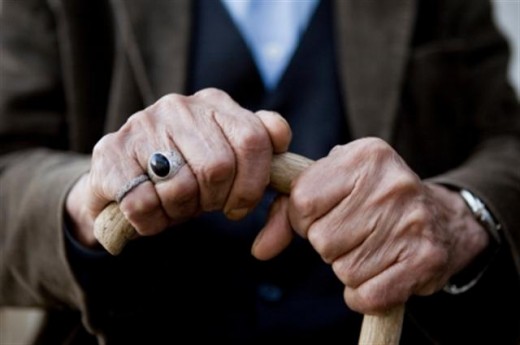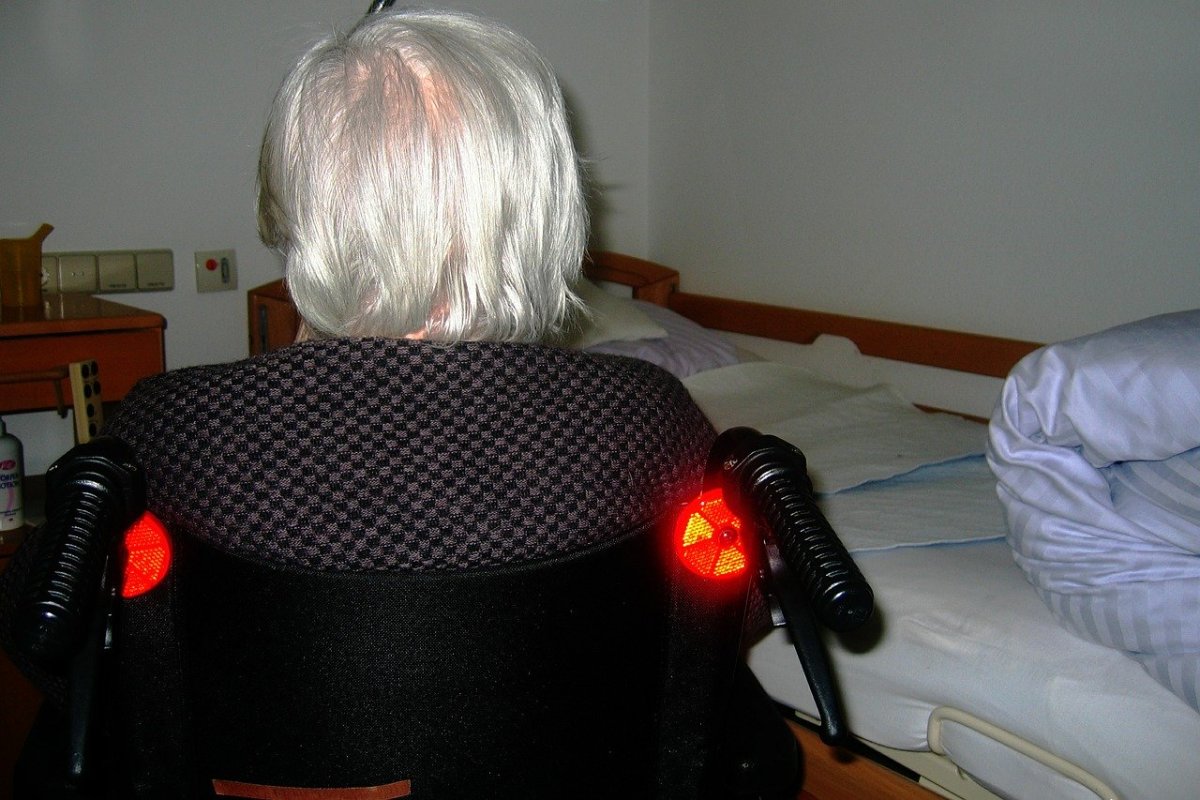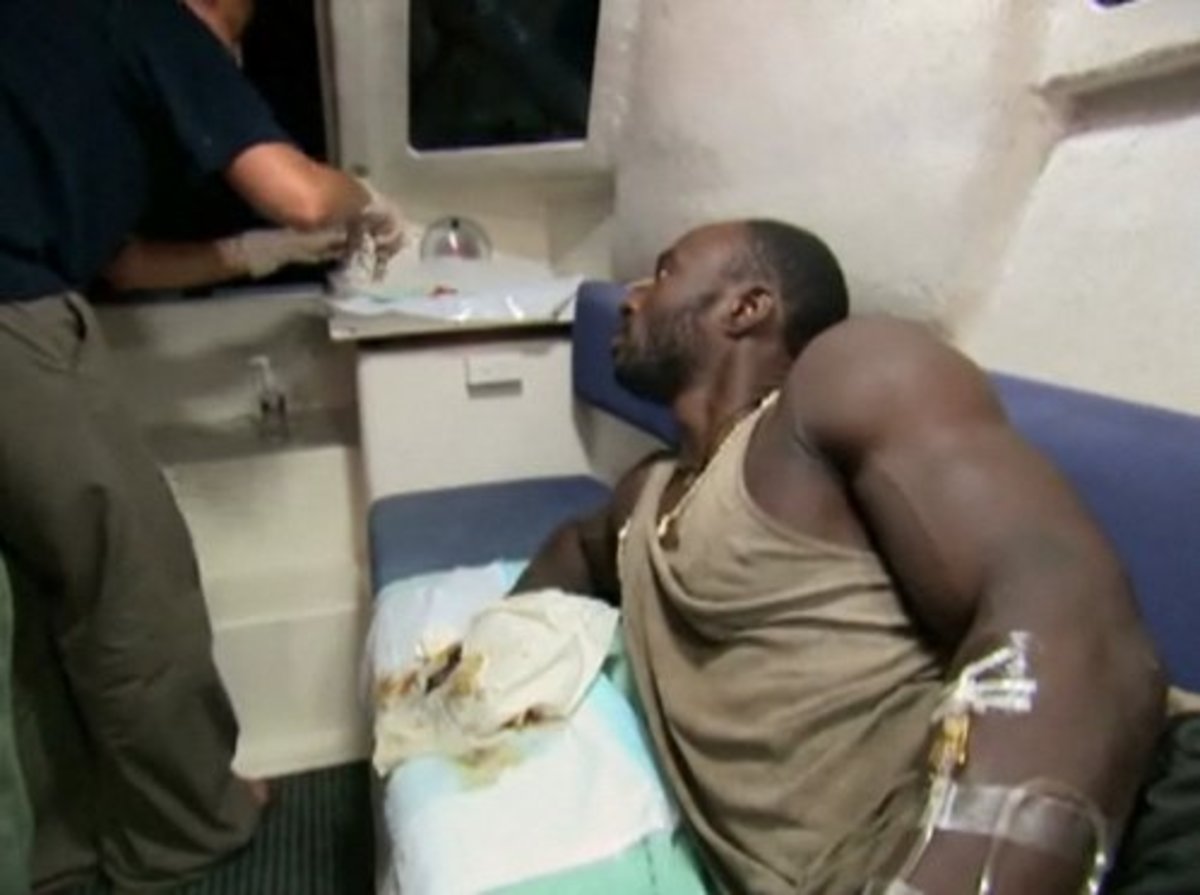Hip Fractures Can Kill

Falling Accidents Can Rob You of Your Independency
Falls are major health hazards among the aging population. Not only are people over 65 injured, but for some, falls can be deadly. And, once aging parents take that first unexpected tumble, life as they knew it could drastically change.
According to a survey released by the Centers for Disease Control and Prevention (CDC), more than 1.8 million adults are injured over a three-month period. The CDC survey included injuries such as, bruises, head injuries, and hip fractures. Additionally, more than 90 percent of hip fractures, among adults 65 and older, are caused by falling accidents.
Data indicated that 25 percent of people who fracture a hip will die within one year. And, up to 75 percent of people that are injured in a fall never get back to normal. Needless to say, falls can impact a senior's quality of life, and destroy their ability to live independently.
Just how big is the problem of falling?
Figures from just five years ago, indicate more than 320,000 hospital admissions were for hip fractures. More than 90 percent of these hip fractures happened by falling, most often, onto the hip. Researchers estimate the number of hip fractures could be expected to increase more than 10,000 every year over the next 40 years.
One out of three adults aged 65 and older fall at least once every year. Of these people that fall, 20 to 30 percent will suffer moderate to severe injuries that can cause them to lose independent lifestyles, and often lead to an early deaths.
Seniors are hospitalized from fall related injuries five times more often than they are for other types of injuries.
What happenings can be linked to hip fractures?
Approximately one in five people will die within one year.
Hip fracture patients can be hospitalized for more than one week.
One out of four adults who lived independently prior to a hip fracture, will be required to move into nursing homes.
Hip fractures cost Medicare more than $3 billion per year.
Who is at risk?
Men are more likely to be killed or die from fall-related injuries.
Approximately 76 percent of all non-fatal hip fractures happen to women.
Osteoporosis greatly increases the likelihood of hip fractures.
Hip fracture rates increase for people 85 and older.
Once a person falls, many become afraid of falling, even if they are not seriously injured. This fear will cause them to limit their activities, which can result in reduced mobility, physical fitness, and actually increase their risk of falling again.
What can be done to prevent falls?
Falls, among older adults, can be reduced through fall prevention strategies, such as:
Exercising regularly to maintain flexibility and balance.
Learning about the effects of medications.
Having annual eye examinations.
Reducing hazards in the home, such as torn rugs, extension cords in traffic areas, and installing grip bars in bathrooms.
Investing in wearable medical and emergency personal alarms. These alarms are disguised as pendants and wristwatches, and have proven to be effective and reliable. Often times, getting medical attention, quickly, can alleviate disabling injuries that can prevent continuation of independent lifestyles.
How much do falling-injuries cost?
Fall related injuries are sometimes demonstrated in terms of direct costs. These charges are what patients and insurance companies reimburse hospital and nursing home care, doctors, rehabilitation, medical equipment, prescription drugs, and home alterations to accommodate handicap necessities.
But, direct costs do not include long-term effects or disability care, depending on others for help, lost time from work or household duties, or a reduced or total loss of a quality lifestyle.
Direct costs for fall injuries for people 65 and older have exceeded $19 billion; $500,000 for fatal falls, and $19 billion for non-fatal falls. By 2020, this figure is anticipated to reach $54.9 billion.
What type of treatment can be required for fall-related injuries?
Treatment for falling injuries can include traumatic brain, hips, legs, and feet injury. Falls are accountable for 78 percent of fatalities, and 79 percent of costs. Additionally, internal organ injuries caused 28 percent of falling deaths.
Fractures are the most common, and most expensive types of non-fatal injuries. Hip fractures are the most frequent types of fall-related accidents, and average about $18,000 per patient. Other common fractures are common to the spine, forearm, ankle, pelvis, and upper and lower arm.
Arming a beloved family member with a personal security device can be the most important decision anyone could make. Protecting aging parents from losing their independent lifestyles is not only a responsible decision, but a gift of peace of mind.








